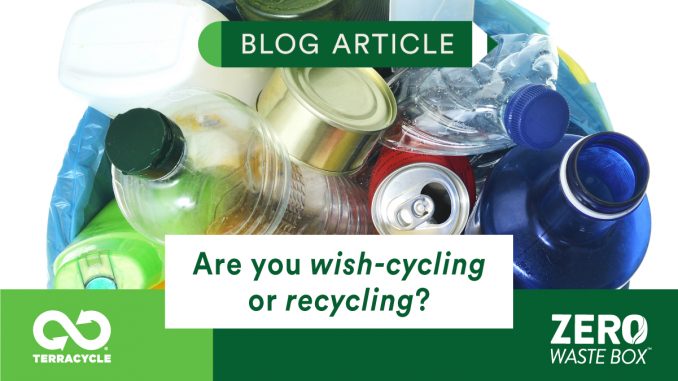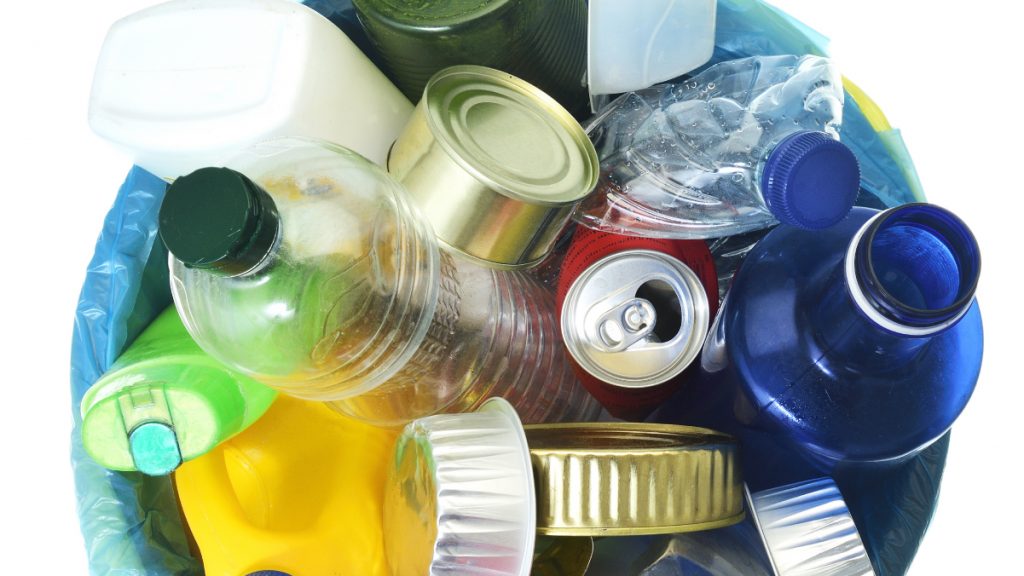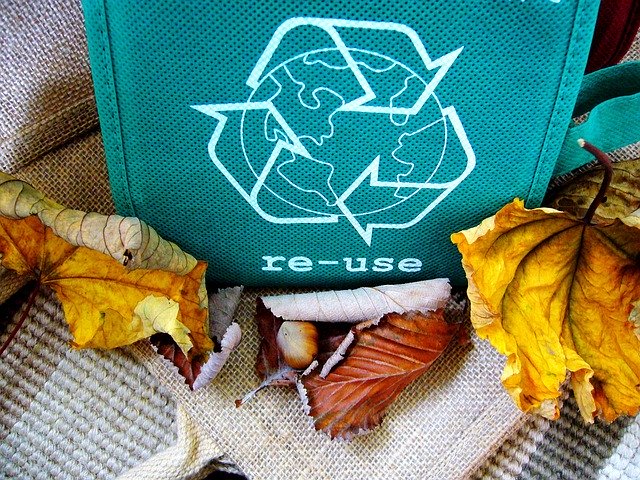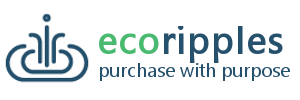
It happens to many—you’ve reached the bottom of a chip bag and it’s time to toss it. But where does it go? The trash can or the recycling bin? Thinking it’s the sustainable, eco-conscious thing to do, in the recycling bin it goes with the hopes it will be recycled.
That’s where the problem arises. By doing this, you’ve performed an action called “wish-cycling” (aka aspirational recycling): the act of putting something into the recycling bin without checking whether it’s actually recyclable through your local or curbside program.
It’s better than throwing these items in the trash and sending them to the landfill, right? Wrong. Here’s why.
The problem with wish-cycling
While most of us are familiar with recycling, were taught it in school, and say we do at home, Canada’s last recorded recycling rate is 27 percent, and it’s estimated the country recycles only 9 percent of its plastics. Those numbers aren’t getting better, and with South Asian countries no longer taking Canada’s recyclables, the system needs all the help it can get.
Despite good intentions, wish-cycling creates even more of an environmental and economic burden than throwing things right in the garbage can. In London, Ontario, Jay Stanford, Director of Environment, Fleet and Solid Waste, estimated the annual costs of improper recycling and wish-cycling at around $250,000—and that’s just one city!
These negative costs come from the time and energy workers spend picking out non-recyclables from their lines, damages to equipment (plastic bags get wrapped around the cogs and clog up the machines, which also endangers workers, for example), and ultimately, the entire batches of contaminated recyclables that get thrown out because they’re unusable.

Some of the most common materials in question are grease-stained pizza boxes, yogurt cups, and peanut butter containers. In Toronto, the solid waste department estimates that decreasing wish-cycling by just five percent would actually save $2 million for the city annually.
The best way to avoid inadvertently wish-cycling is to check with your local municipality to confirm what they actually accept. Local programs vary city to city, even town to town, so not assuming something is recyclable is key, as is following the simple guide of “when in doubt, throw it out.”
When curbside recycling isn’t an option
With fewer and fewer types of packaging accepted through public programs and even “highly recyclable” items slipping through the cracks, don’t be discouraged. There are plenty of options you can use to minimize your environmental impact by guaranteeing the products and packaging you use everyday are properly recycled.
My company TerraCycle has a range of free programs for common, but typically non-recyclable, categories of items such as food packaging, disposable razors, contact lenses, and beauty and cosmetics products. These are free for you to use and sign up for because companies and brands are paying the cost of collection and recycling for their products and sometimes entire categories of waste, taking responsibility by making it possible for more people to recycle.
For items we currently don’t have sponsored recycling program for (wish-cycling affects our programs, too, so please only in those items covered by the program), TerraCycle offers a range of Zero Waste Boxes to fit your recycling needs—you can go all in on our broadest option, the No Separation Zero Waste Box™, for the peace of mind that you are effectively recycling everything—the opposite of wish-cycling!
Your dollar makes a difference
At the end of the day, you have more influence than you think on recycling and what companies do to reduce our carbon footprints. As consumers, we often don’t give ourselves enough credit for how powerful we really are. We can vote for the future we want to live in, and we can actively make that voting decision with every purchase we make.

The next time you go shopping, think of this power in the following way: of everything you buy, tomorrow two more will be there, and of everything you don’t buy, one fewer will be there. View your purchases as having a direct impact on the goods and services companies choose to make, and whether or not they are curbside recyclable or recyclable through TerraCycle.
If you want to eliminate waste in your life—and in the world— the answers will always come down to one simple thing: consume differently.


Be the first to comment